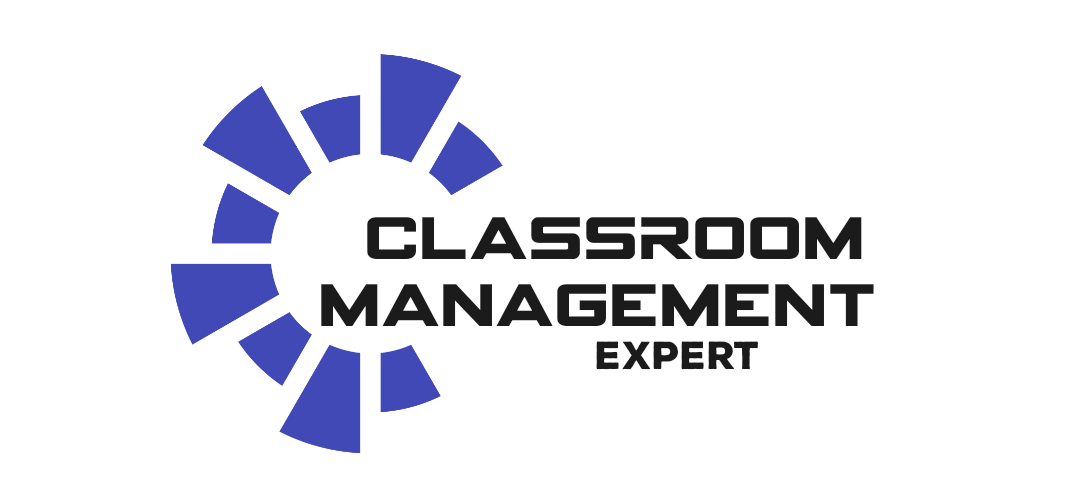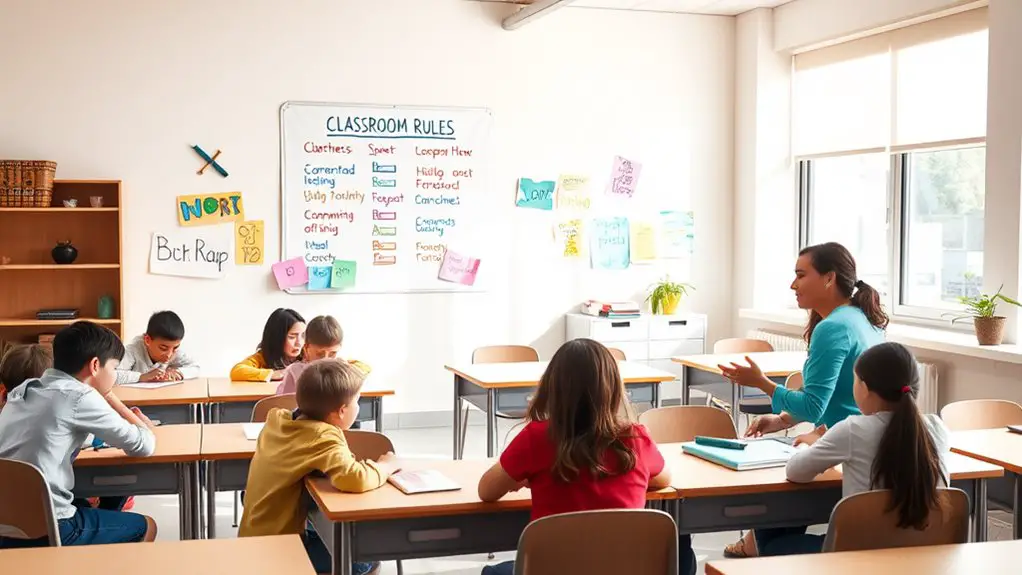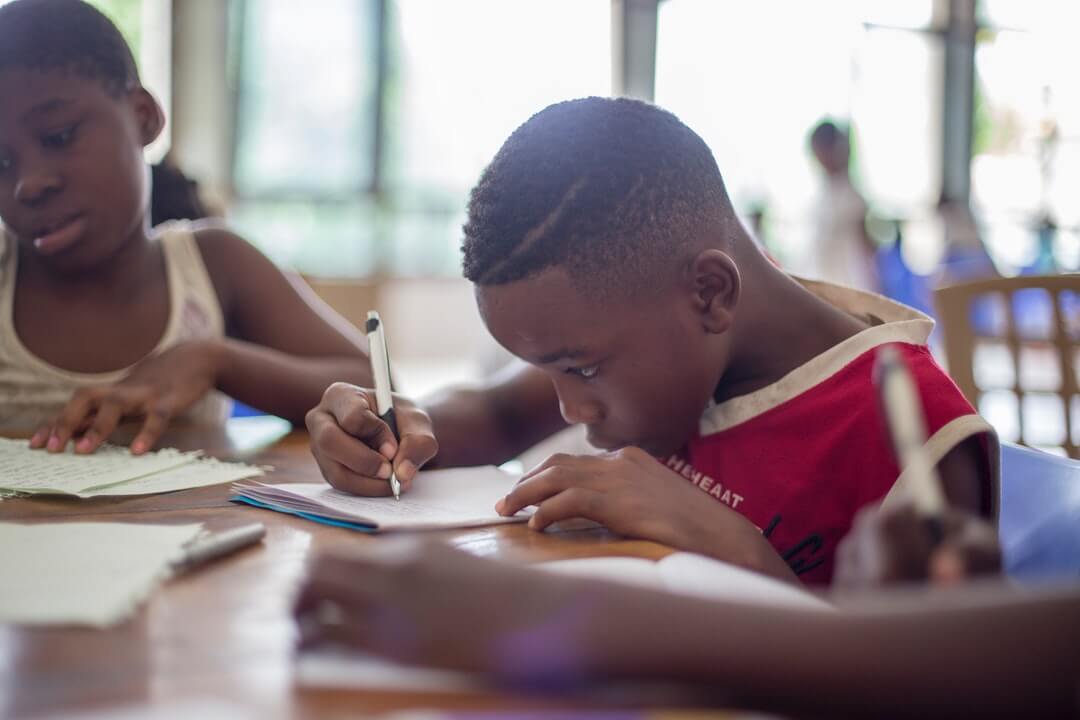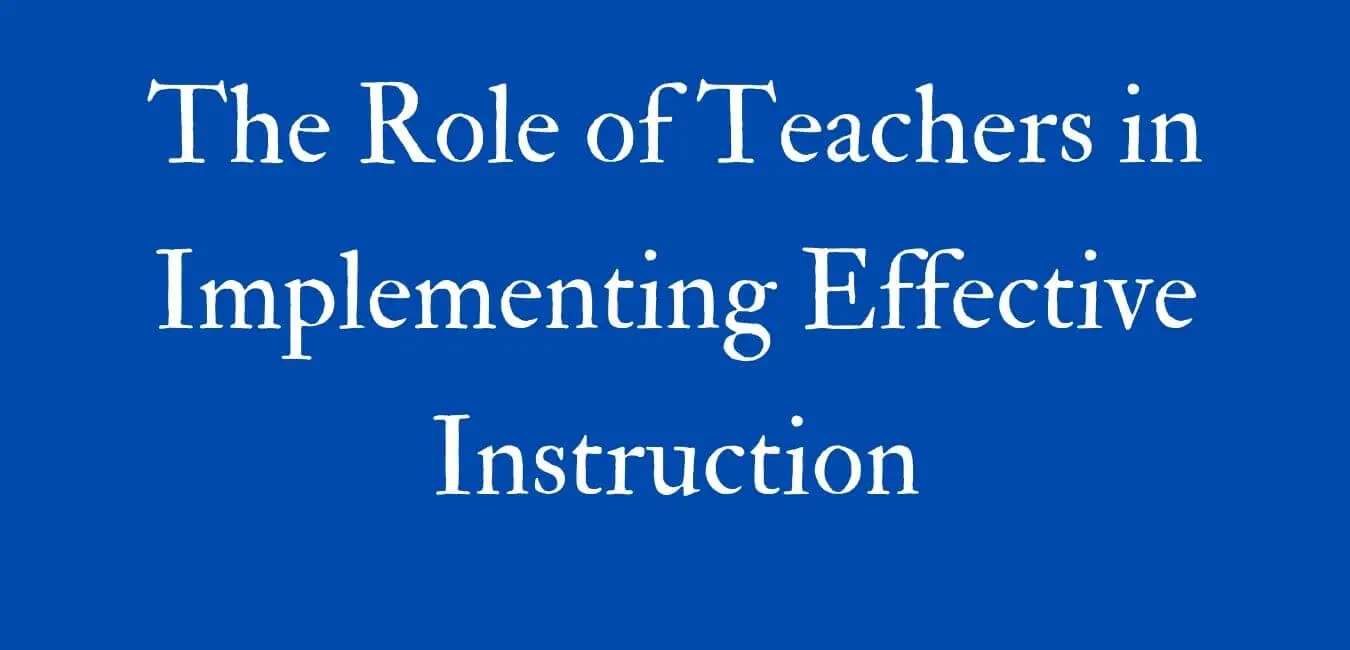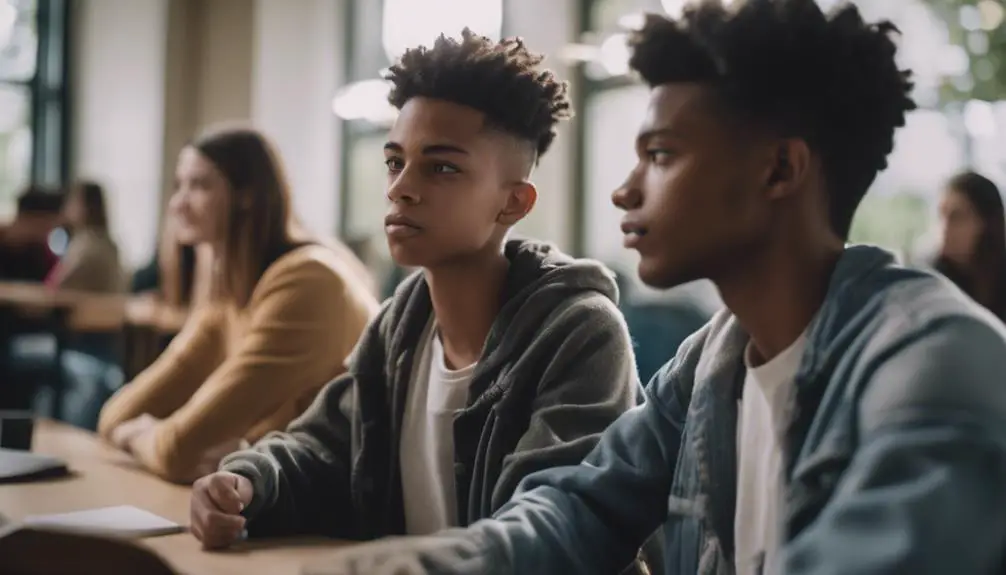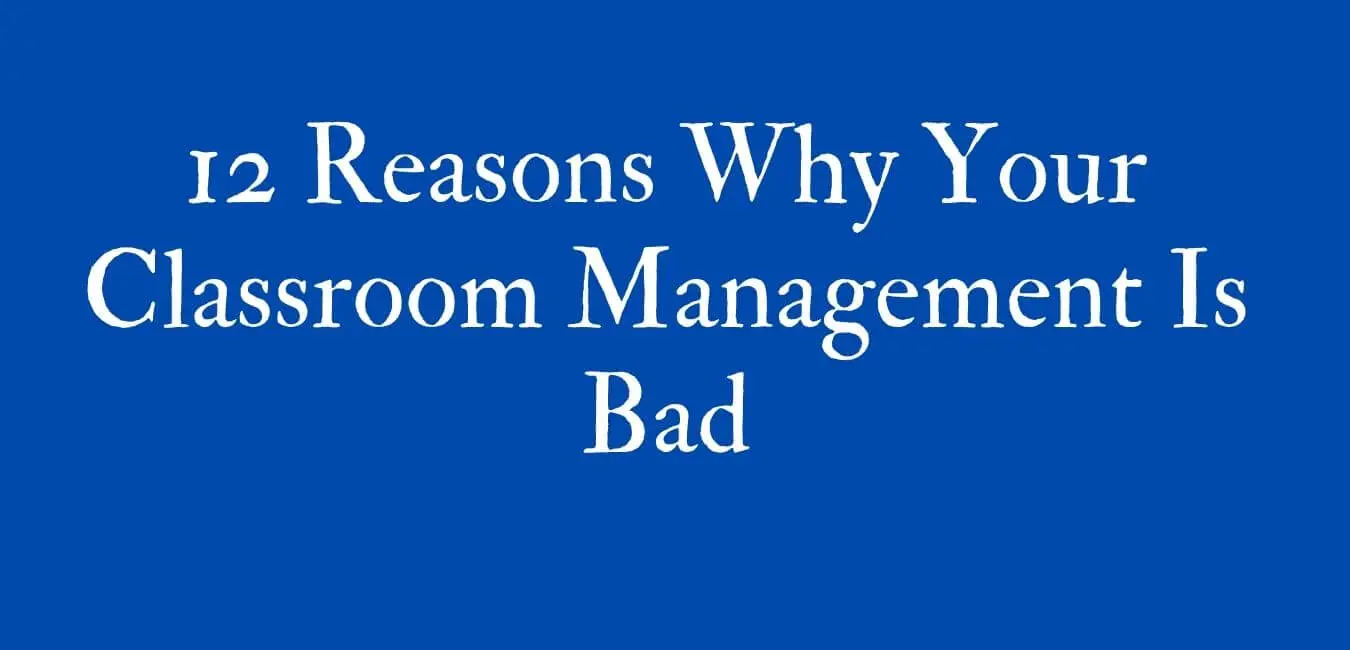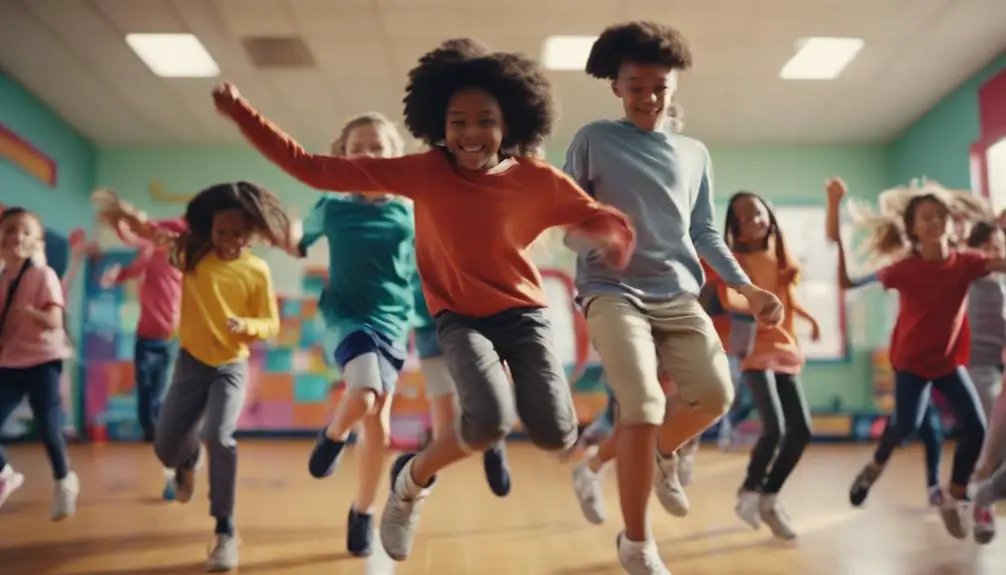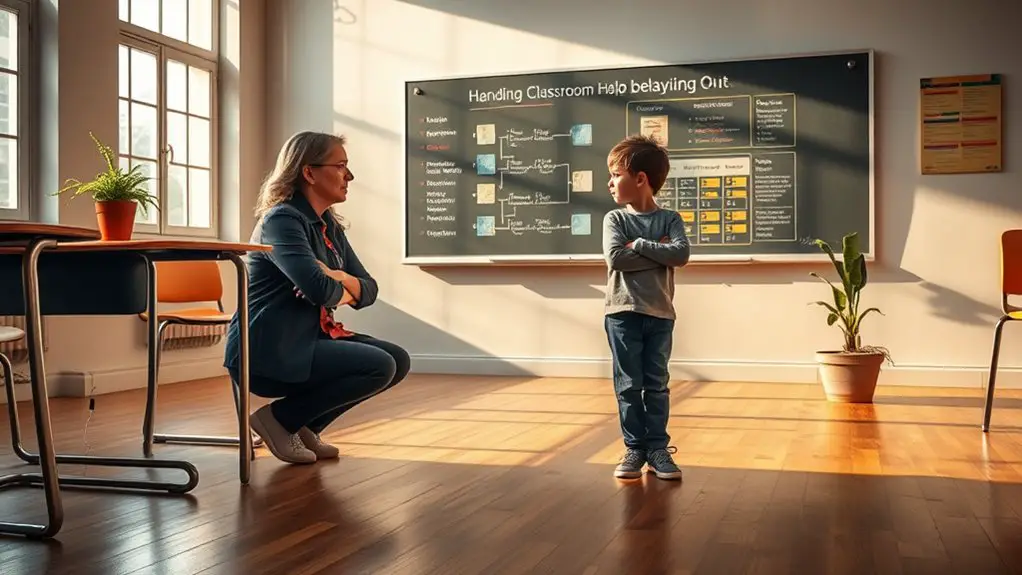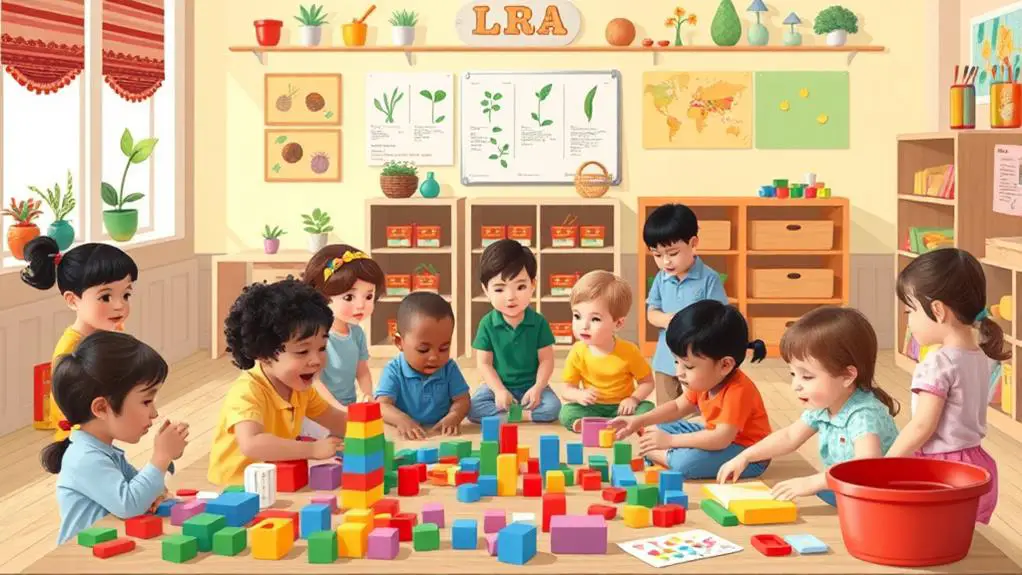Effective classroom management is crucial for creating an environment conducive to learning. Establishing clear expectations and routines significantly enhances student engagement. Forming strong relationships with students fosters trust and a sense of belonging, which are vital for a positive classroom atmosphere. Implementing these principles requires a deep understanding of communication and collaboration strategies within the classroom.
To create a successful learning space, teachers can use various techniques, such as setting consistent rules that students understand and reinforcing those rules regularly. For example, using visual aids like charts can help remind students of classroom expectations. Engaging students in collaborative activities not only boosts their involvement but also strengthens their interpersonal skills.
Incorporating technology can also enhance classroom management. Tools like classroom management software allow teachers to monitor student engagement and behavior in real-time, making it easier to address issues promptly. With these strategies, educators can create a structured and supportive learning environment where all students can thrive.
Establish Clear Expectations
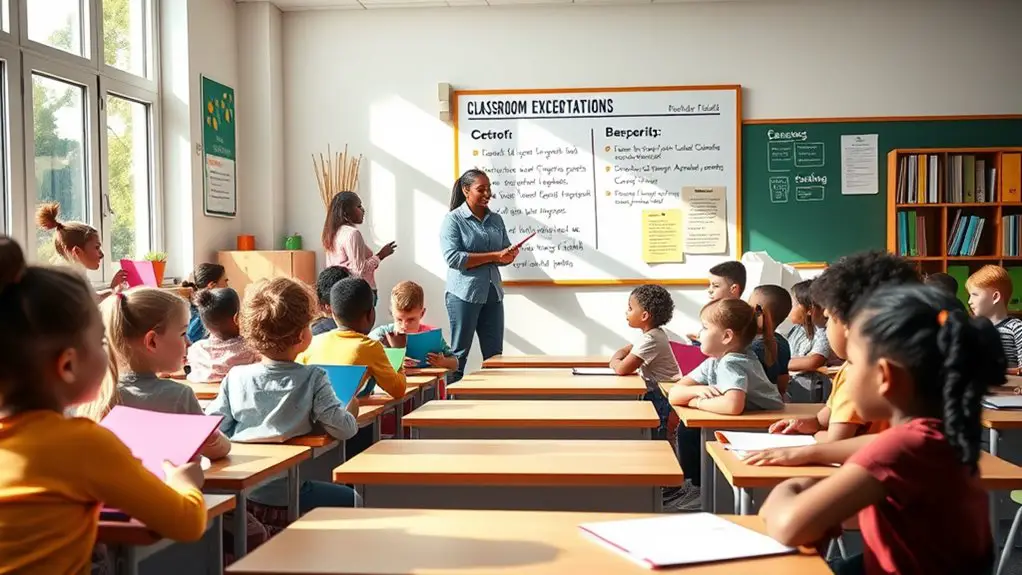
Establishing clear expectations in the classroom is crucial for creating an effective learning environment. Defining specific guidelines for student responsibilities empowers learners to take charge of their actions.
Classroom rules should be simple and clearly communicated, ensuring every student comprehends the behavior standards. Promoting academic honesty is essential, as it builds a foundation of trust and integrity among peers.
Classroom rules must be clear and straightforward, fostering trust and integrity through the promotion of academic honesty among students.
When students understand what’s required of them, they’re more inclined to engage positively and foster a supportive atmosphere. This clarity enhances their learning experiences and encourages mutual respect among classmates.
Implementing these practices leads to an environment where every student can flourish and achieve their maximum potential.
Build Positive Relationships
Building positive relationships in the classroom is crucial for fostering a supportive learning environment. Clear expectations serve as a foundation for these connections.
Actively engaging with your students and showing genuine interest in their lives helps establish trust. When students feel valued, they’re more likely to open up.
Incorporating empathy training into your interactions allows students to better understand each other’s feelings and perspectives. Use effective communication strategies, such as active listening and open-ended questions, to promote meaningful dialogue.
Teaching social skills empowers students to connect with one another, creating a sense of community.
Foster a Safe Environment
Creating a safe environment is essential for effective learning. When students feel secure, they can express themselves freely and engage more deeply in their education.
To build this atmosphere, establish safe spaces that make each student feel appreciated and respected. Implement trust-building activities that foster open communication and understanding among peers.
When conflicts occur, apply conflict resolution techniques that guide students in resolving disagreements constructively. It’s important to prioritize inclusive practices, ensuring every voice is acknowledged, regardless of background or ability.
Embracing diversity and promoting mutual respect enriches the classroom culture, allowing every individual to thrive. A supportive environment enhances not only the learning experience but also helps develop compassionate and empathetic individuals who can positively impact society.
Your commitment to these principles can significantly influence their educational journey.
Use Consistent Routines
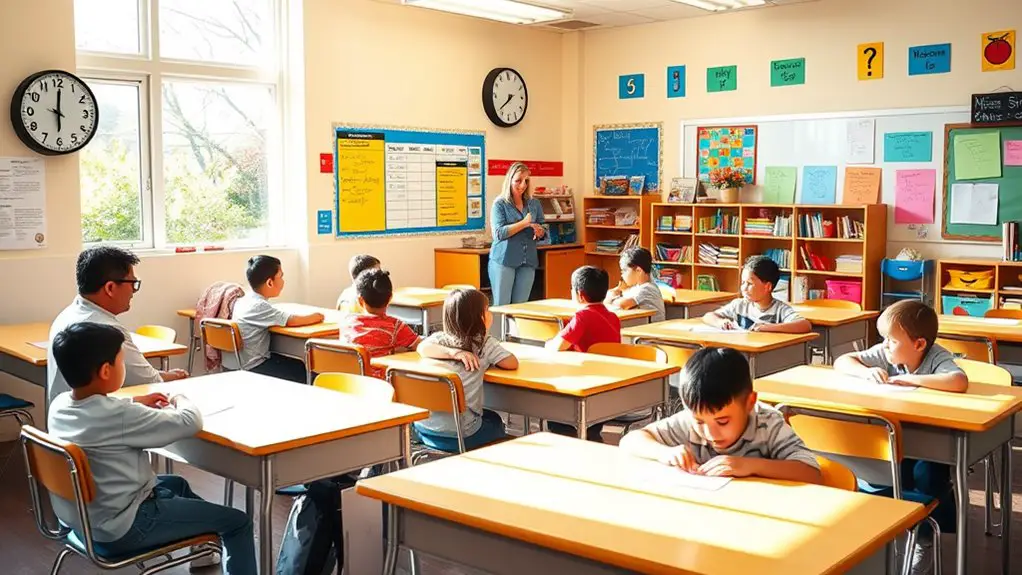
Using consistent routines is vital for enhancing students’ learning experiences. Routines create a structured environment where expectations are clear. Incorporating visual aids within these routines can significantly improve understanding and communication. Practicing routine reinforcement helps students remember their tasks and the timing for each activity. Flexibility within routines is also important; adapting them as necessary allows for a more responsive classroom atmosphere. Regular evaluations of these routines ensure they are effective and meet the diverse needs of all learners. Adjusting routines can cater to different learning styles, fostering an inclusive environment.
Here’s a quick reference:
| Routine Aspect | Importance |
|---|---|
| Visual Aids | Improve clarity |
| Reinforcement | Build confidence |
| Flexibility | Encourage responsiveness |
| Evaluation | Assess effectiveness |
| Adaptation | Address diverse needs |
Implement Effective Communication
Effective communication plays a vital role in creating a supportive and engaging classroom atmosphere. It fosters strong connections between teachers and students, which is essential for a productive learning environment.
To enhance interactions, utilize active listening techniques so that students feel acknowledged and important. Pay close attention to nonverbal cues such as body language and eye contact, which can help you assess student engagement and comprehension.
Utilize active listening and observe nonverbal cues to foster student engagement and ensure they feel valued.
Implement strategies that promote open discussions, encouraging students to share their ideas without hesitation. Establish regular feedback opportunities that allow students to express their views on your teaching methods, promoting collaboration and a sense of ownership in their learning.
Additionally, focus on developing peer communication skills, enabling students to assist and learn from one another effectively. Prioritizing effective communication ultimately cultivates a nurturing space where all individuals can flourish.
Encourage Student Engagement
Engaging students in their learning is essential for fostering enthusiasm and motivation. To spark their interest, connect lessons to their personal interests and experiences.
Utilize interactive activities that promote hands-on participation, igniting excitement around the subject matter. Integrate technology through digital tools or platforms to enhance relevance and engagement. Demonstrating how their studies relate to real-world applications highlights the value of the material.
Encouraging collaboration among peers is crucial; design opportunities for group projects or discussions that allow students to learn from one another. This approach not only cultivates a sense of community but also empowers students to take charge of their educational journeys.
An engaging environment inspires students to immerse themselves in their studies and flourish academically. For instance, incorporating project-based learning on topics like environmental conservation can connect students’ interests with practical applications, making lessons more impactful.
Manage Transitions Smoothly
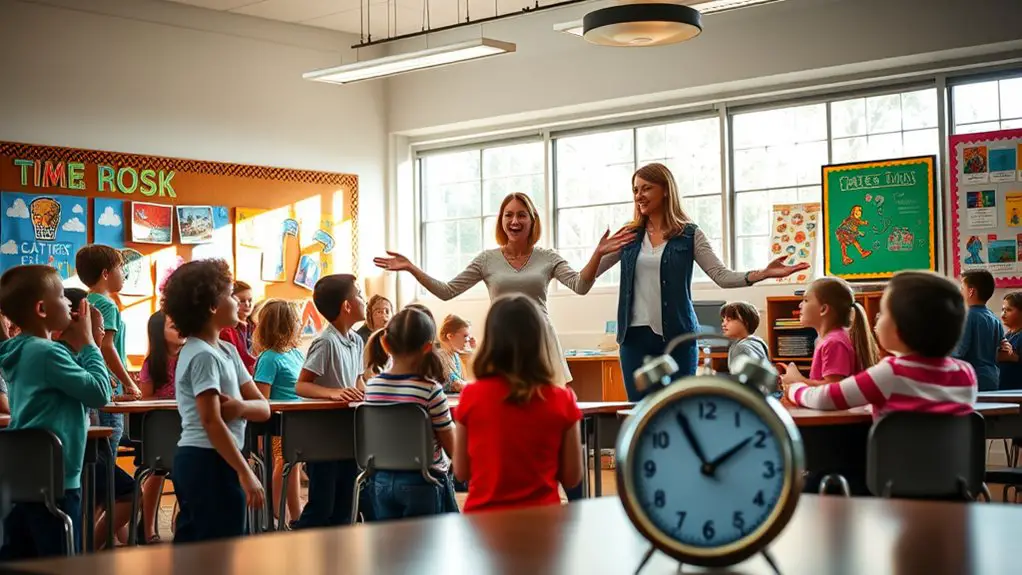
Smoothly managing transitions in the classroom is crucial for fostering an effective learning atmosphere. When changes occur seamlessly, students are more likely to maintain focus and reduce disruptions.
Smooth transitions in the classroom are essential for maintaining student focus and minimizing disruptions, creating an optimal learning environment.
Here are three practical techniques to facilitate these shifts:
- Visual Cues: Implement charts or signals to clearly indicate when it’s time to transition between activities. This helps students prepare mentally for the next task.
- Routine Flexibility: Be open to modifying your routines to better meet the evolving needs of your students. This approach encourages a sense of ownership and engagement in their learning process.
- Time Management: Establish clear time limits for each activity. This strategy keeps students engaged and ready for transitions, ensuring they understand how long they’ve to complete tasks.
Using these techniques can significantly enhance the learning experience, making it more enjoyable and productive for everyone involved.
Address Misbehavior Promptly
Addressing misbehavior in the classroom is crucial for maintaining a conducive learning environment. Handling disruptions swiftly helps prevent them from escalating and ensures that all students can focus on their education. Recognizing the signs of misbehavior is key for effective classroom management. Implementing consistent and fair consequence strategies, along with suitable interventions, can significantly enhance student behavior.
| Misbehavior Triggers | Consequences Strategies | Communication Techniques |
|---|---|---|
| Distractions | Timeout | Calm reminders |
| Peer conflicts | Loss of privileges | Open dialogue |
| Inattentiveness | Additional assignments | Positive reinforcement |
Monitoring behavior patterns allows educators to adjust their strategies as needed. Addressing issues in a timely and thoughtful manner cultivates a culture of respect and understanding, which ultimately improves the learning experience for everyone involved.
Provide Constructive Feedback
Providing constructive feedback is crucial for enhancing student development and facilitating learning. It allows educators to guide students towards improvement while fostering a supportive environment. Here are three effective strategies to implement:
- Engage in peer assessment: Encourage students to evaluate one another’s work. This practice not only cultivates a sense of community among learners but also deepens their comprehension of the subject matter.
- Adopt effective feedback methods: Utilize clear and specific language that encourages a growth mindset. It’s important to acknowledge strengths and also to identify areas where improvement is needed, providing actionable suggestions for how to achieve this.
- Promote student self-reflection: Invite students to think critically about their work and the feedback they receive. This process enhances their understanding and fosters the development of essential critical thinking skills.
Implementing these strategies can significantly enrich the learning experience and empower students to take ownership of their educational journey.
Utilize Positive Reinforcement
Positive reinforcement is a powerful tool that can greatly enhance the learning atmosphere in your classroom. When teachers use behavior incentives and effective reward systems, they can significantly boost student motivation. Recognizing students’ efforts through various strategies not only elevates their self-esteem but also creates a nurturing and supportive environment for everyone. Tracking achievements is essential as it allows educators to observe students’ progress and celebrate important milestones, further encouraging positive behaviors.
Here’s a straightforward table to illustrate these strategies:
| Strategy | Purpose | Example |
|---|---|---|
| Behavior Incentives | Motivate students to exhibit desired actions | Stickers for good behavior |
| Reward Systems | Recognize and celebrate achievements | Extra recess time |
| Recognition Strategies | Enhance self-esteem and confidence | Verbal praise during class |
Differentiate Instruction
Differentiating instruction is essential in today’s diverse classroom settings. This approach allows educators to modify teaching methods to cater to the varied learning needs of students, promoting engagement and fostering individual growth.
Here are three effective strategies to implement:
- Flexible grouping: Organize students into varying groups based on their interests and abilities. This encourages collaboration and enables peer learning, allowing students to benefit from each other’s strengths.
- Learning styles: Utilize multiple teaching techniques that cater to different learning preferences, ensuring that all students can effectively access and understand the material presented.
- Differentiated assessments: Employ diverse assessment methods to evaluate student understanding. This enables learners to demonstrate their knowledge in formats that suit their individual strengths, whether through projects, presentations, or written work.
Incorporating adaptive technologies can further enhance personalized learning experiences.
These strategies help cultivate an inclusive environment where every student can thrive and reach their full potential.
Involve Students in Decision-Making
Involving students in decision-making is crucial for fostering a sense of ownership in their learning journey. When students have a voice in shaping their educational experiences, they become more engaged and invested in their studies.
This collaborative approach not only enhances motivation but also cultivates a feeling of belonging within the classroom community.
Empowerment strategies can include inviting students to suggest ideas for class activities or establish classroom rules. These opportunities for participation encourage critical thinking and problem-solving skills, equipping students for future challenges.
When students feel that their opinions matter, they’re more likely to immerse themselves in the curriculum, enriching their overall educational experience.
Encourage their contributions, and you’ll see your classroom dynamic improve significantly.
Create a Collaborative Classroom Culture
Establishing a collaborative classroom culture is essential for creating a nurturing learning environment where students can excel. This approach not only enhances essential skills but also fosters teamwork and shared objectives. Here are three effective strategies to implement:
- Engage students in collaborative projects that encourage teamwork and innovation. For instance, group science experiments can stimulate creativity while teaching students how to work together effectively.
- Utilize peer teaching to enable students to learn from each other. This method not only reinforces their understanding of the subject but also boosts confidence and communication skills. For example, older students can tutor younger ones in reading, creating a supportive learning dynamic.
- Assign specific roles within groups to ensure every student plays a part and feels valued. Designating roles such as leader, note-taker, or presenter can help integrate individuals into the group and enhance accountability.
Incorporating team-building activities, such as icebreaker games or collaborative problem-solving tasks, can significantly strengthen relationships and trust among students.
Fostering a collaborative atmosphere promotes a sense of belonging, encouraging students to support one another. This not only enhances academic performance but also prepares them for success in diverse future settings.
Reflect and Adapt Strategies
Effective classroom management is critical for fostering student growth and success. Regularly reflecting on and adapting your strategies can significantly enhance the learning environment. Engaging in reflective practices enables you to assess your teaching methods and their effects on student engagement and achievement.
Evaluating your strategies helps you pinpoint what’s effective and what needs adjustment, ensuring a more tailored approach to teaching. Incorporating feedback from students is essential; their perspectives offer valuable insights into your management techniques and classroom dynamics.
Adopting adaptive teaching methods allows you to accommodate the diverse needs of your learners, creating an inclusive atmosphere where all students can excel. Continuous improvement is vital; consistently reassessing your strategies not only enhances your teaching effectiveness but also shows your dedication to your students’ success.
This ongoing process leads to a more positive and productive classroom for everyone involved.
Maintain Professionalism and Boundaries
Establishing professionalism and maintaining boundaries in the classroom is crucial for fostering an environment of respect and productivity. A professional demeanor not only sets the tone for interactions but also encourages students to participate actively and thoughtfully.
Here are some essential elements to consider:
- Set Clear Expectations: Clearly outline the behaviors and interactions that are acceptable to create a structured learning atmosphere.
- Practice Respectful Interactions: Treat every student equitably, ensuring that each voice is acknowledged and valued. This approach fosters a sense of belonging and encourages open dialogue.
- Uphold Ethical Considerations: Make choices guided by personal integrity and a commitment to student welfare. These decisions can significantly impact the trust and rapport built within the classroom.
Conclusion
Implementing the 15 principles of classroom management is essential for fostering an environment that promotes student success. These strategies not only help maintain order but also enhance student engagement and encourage positive interactions among peers. Investing time and effort into these practices results in a classroom atmosphere where students feel valued and motivated to learn. Establishing clear expectations and nurturing relationships among students contributes to both academic achievement and a sense of community. This supportive environment ultimately enriches your teaching experience and allows for a more collaborative and respectful classroom dynamic.
